Education system in Australia

Read more: Australia Immigration Programs
Melbourne and Sydney rank among the top 10 best cities for students to study in (QS World University Rankings, 2019). Both of these cities are home to a multiplicity of top ranking institutions including The University of Melbourne, The University of Sydney, University of New South Wales, Monash University, Macquarie University, RMIT University, and many more.
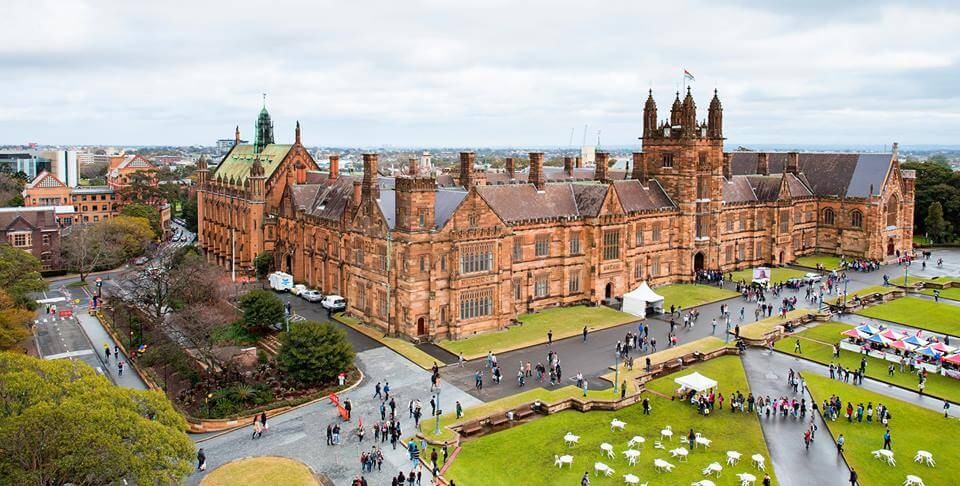
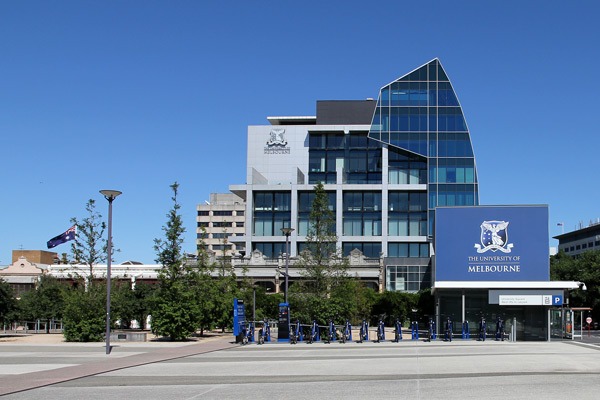
School in Australia begins with six years of primary education (years 1-6) followed by six years of high school (years 7-12). Students normally begin Primary School at age 5 and finish high school around 17-18 years old. Graduates who successfully complete Years 11 and 12 receive a High School Certificate or “HSC” and can proceed to tertiary education (university or college).
Australian Qualifications Framework (AQF)
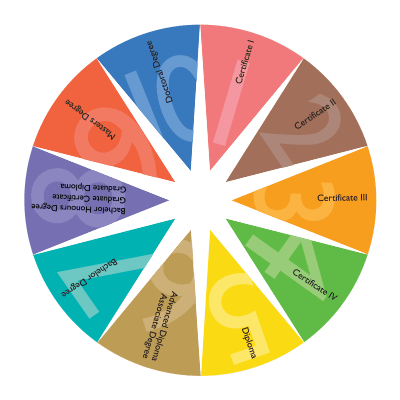
The Australian education system is distinguished from many other countries by the Australian Qualifications Framework (AQF), the national policy established in 1995 that specifies the standards of qualifications for the tertiary education sector (higher education, vocational education and training) in addition to the school leaving certificate, called the Senior Secondary Certificate of Education. With AQF, your degree is recognised and authorised by the government.
Here’s an overview of the different levels and qualifications available as per the AQF.
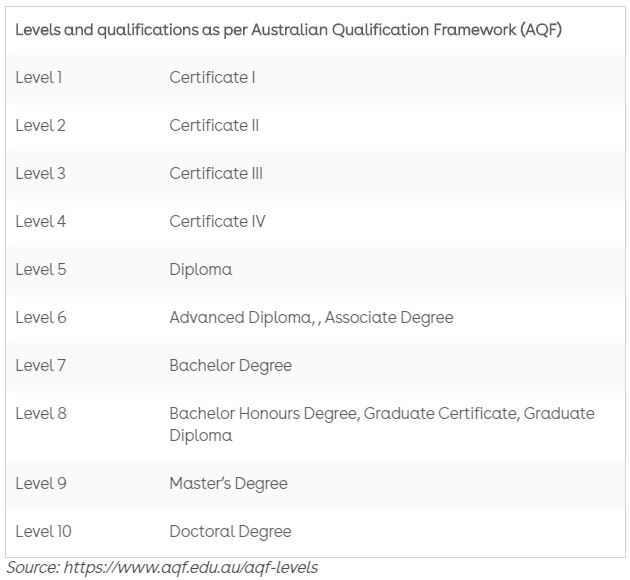
You can choose from 43 universities, 40 out of which are government funded, two are international universities and one is a private university. You may opt for bachelor degrees or postgraduate courses which can comprise certificate, postgraduate diploma, master and doctoral programs.
Students can also enroll for vocational courses that work as a gateway to university education or industry for work. These courses focus on practical skills and industry training and are offered by government-funded institutions (including TAFE – Technical and Further Education) and private establishments.
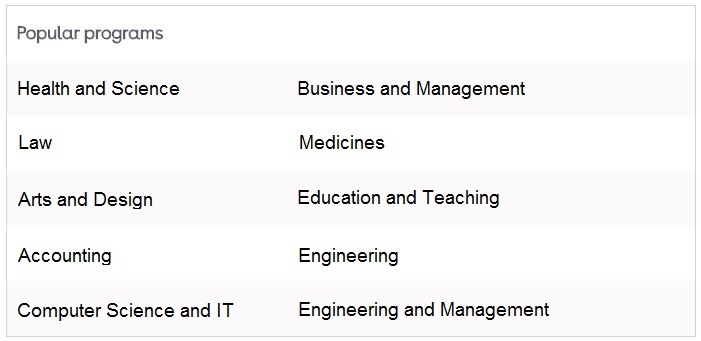
Fees and scholarships
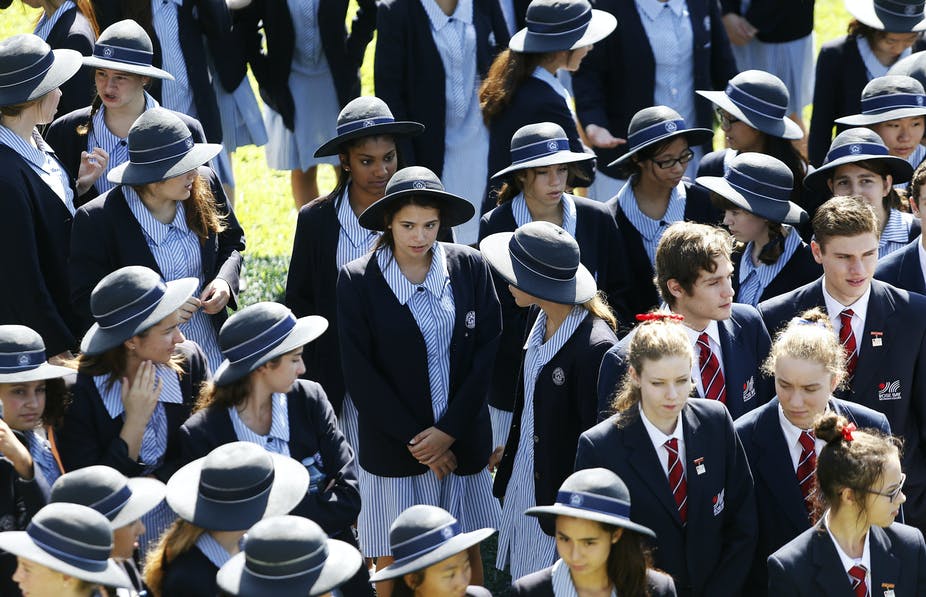
Australia is an ideal place to enjoy a world class education and outstanding quality of life, but there are several expenses to consider before you study overseas.
Australia performs incredibly well in terms of affordability, with living expenses (such as private rent) and tuition costs comparable with the United States and United Kingdom. You can also earn a small amount by working part-time while you study.
The Australian Government recommends a single student budget of AUD$19,830 a year for living expenses. Accommodation costs are a large component of living expenses; emergencies and health expenses not covered by Overseas Student Health Cover. Knowing the average living costs in Australia is an important part of your financial preparation.
The average tuition fees at one of Australia’s tertiary institutions ranges between AUD$20,000 and AUD$30,000 a year.
VET (Vocational and Technical Schools)
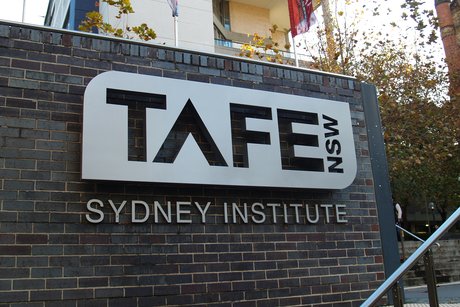
Australian education system allows its students to enroll for vocational courses that let them skip university education and apply directly to jobs. These courses primarily focus on practical learning and industry skills unlike the regular courses that rely heavily on theoretical and in-depth knowledge. A lot of schools provide courses in technical and further education (TAFE) and vocational education and training (VET). Keep in mind that courses mostly provide certifications, diploma or advanced diploma. Some of the popular industries that VET students can look at include manufacturing, hospitality, sports, tourism, business and marketing.
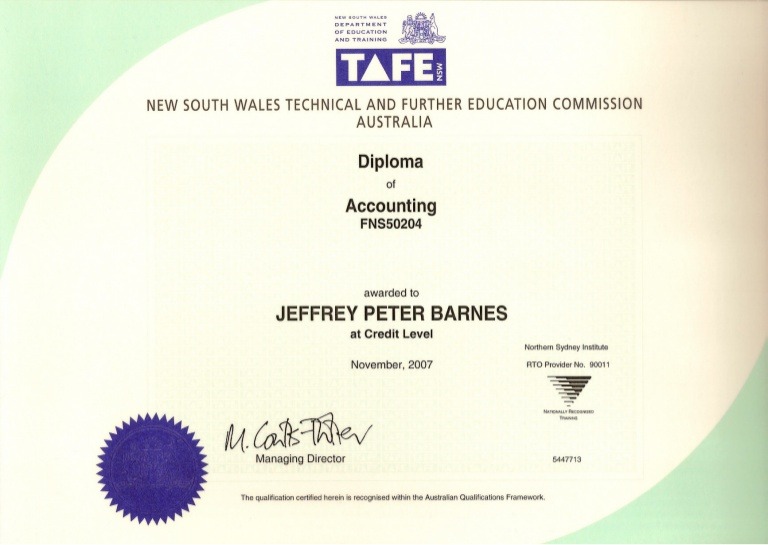
Postgraduate study
Both universities and private colleges offer postgraduate courses in Australia. A master’s degree has three formats – Master’s degree (coursework), Master’s degree (research) and Master’s degree (extended). Similarly, on doctorate level, there are two formats- Research doctorate (PhD) and Professional doctorate. Admission criteria at post graduate level is quite competitive including high levels of English language proficiency, and remarkable academic qualifications. You should also know that some courses like architecture and medicine are only offered by universities.
After graduation

Having an Australian tertiary qualification is highly regarded around the world. Combined with Australia’s strong economy and low unemployment rates, Australia offers strong employment outcomes for graduates.
Read more: Frequently Asked Questions About Australia Immigration Program







